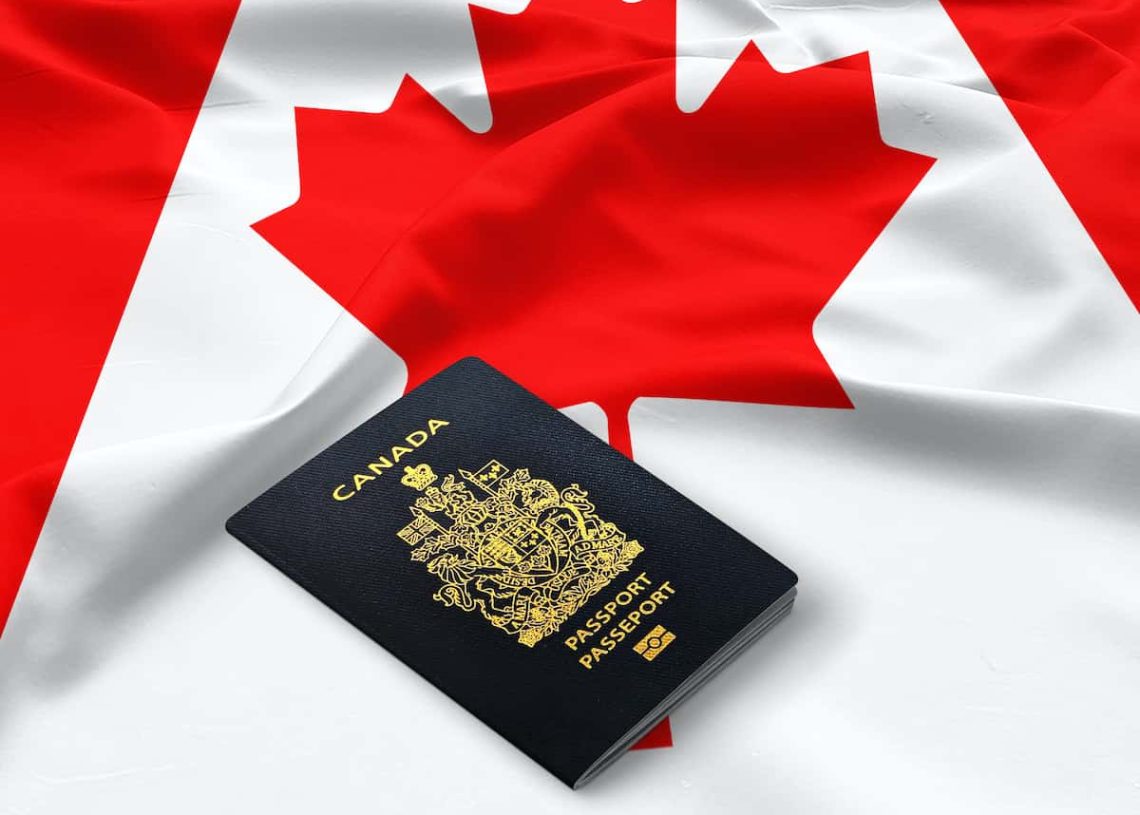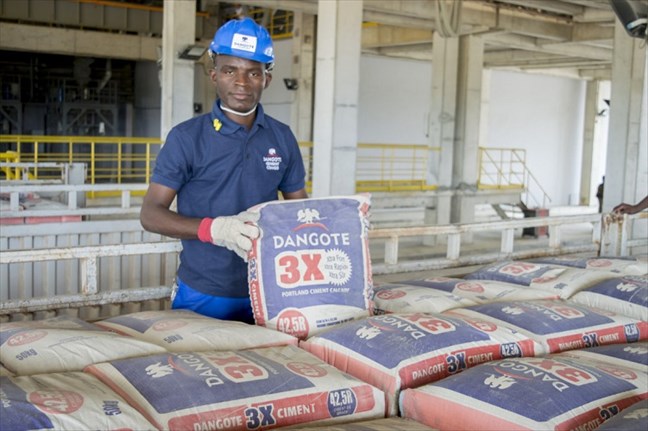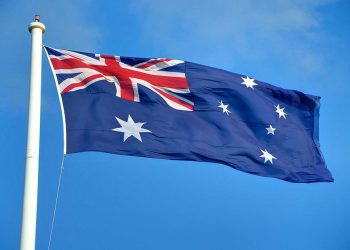The Canadian government released the Immigration Levels Plan for 2024–2026. It includes goals for economic immigrants, the family class, and humanitarian immigrants, as well as skilled workers, carers, and others.
This was announced on Wednesday by Citizenship and Immigration Canada (CIC), which also said that Canada expects to welcome 485,000 new immigrants in 2024, and another 500,000 in both 2025 and 2026.
“Canada’s immigration numbers will stay unchanged from its present goals. The target number of new immigrants allowed into the nation in 2024 is 485,000. According to CIC projections, Canada will seek to annually welcome 500,000 new immigrants in 2025 and 2026.
We expect to achieve the same results as those outlined for the Immigration Targets Strategy 2023–2025. The 2026 goal and revised estimates of the number of immigrants accepted under each category and programme from 2024 to 2026 are among the new details provided today.
Canada Economic Immigrants
Canada expects to accept around 281,135 economic immigrants in 2024, which is 58% of the yearly objective. By 2026, that number will have increased to 301,250, or 60% of the yearly goal.
Skilled workers, entrepreneurs, provincial and territorial nominees, and in-home carers all fall under the umbrella of “economic immigrants,” or those who are invited to Canada for their potential contributions to the country’s economy.
Meanwhile, in 2024, the goal for the family class is 114,000 admissions, or 24% of the total. By 2026, this number will rise to 118,000, accounting for 24 percent of all admissions.
This necessitates the presence of trained labourers and nurses in Nigeria and other nations that stand to gain from this strategy.
Carpenters, plumbers, and welders are all examples of skilled labourers, whereas nurses are health care experts.
People who have a close family in Canada may sponsor them to immigrate to the country as a member of the Family Class. Sponsors need to be at least 18 years old and a Canadian citizen or permanent resident. They need to prove that they can and will assist their immigrant relative financially.
Refugees And Asylum-Seekers
In 2024, we plan to admit 89,865 refugees and asylum-seekers (19% of total admissions). All categories of people accepted for humanitarian, compassionate, or other reasons are included in these totals, not only refugees. By 2026, the aim will be 80,832 immigrants, or 16% of admissions.
The document went on to write, “The Express Entry target will be 110,700 permanent resident admissions in 2024, and this will rise to 117,500 immigrants in each of 2025 and 2026.”
There will be a goal of 110,000 immigrants in 2024 under the Provincial Nominee Programme (PNP), rising to 120,000 in 2025, and then another 120,000 in 2026.
The goal for sponsored spouse/partner/child admissions in 2024 is 82,000, and it will increase to 84,000 in both 2025 and 2026. Meanwhile, the goal for the Parents and Grandparents Programme (PGP) is 32,000 people in 2024, 34,000 people in 2025, and 34,000 people in 2026.
The Canadian government has said of the plan, “This plan is tailored to support economic growth while balancing the pressures in areas like housing, healthcare, and infrastructure.”
In order to ensure a smooth transition into Canadian society, the government plans to cap the number of permanent residents at 500,000 beginning in 2026.
To guarantee the long-term viability of the United States’ immigration system as a whole, “the government also plans to take action over the next year to recalibrate the number of temporary resident admissions.”
Canada’s primary immigration statute, the Immigration and Refugees Protection Act (IRPA), mandates that the federal government publish an annual immigration strategy by November 1 of even-numbered years.
Each of the three categories of immigrants—economic, family, and humanitarian—will have their annual quota of new permanent residents set by the Immigration Levels Plan for the next three years.
The strategy furthers the goals of Immigration, Refugees, and Citizenship Canada (IRCC) to improve the Canadian economy, bring separated families back together, and provide refuge to people escaping violence and persecution.
With 437,000 arrivals, Canada in 2022 welcomed more people than ever before. In 2023, 465 thousand people are scheduled to become permanent residents.













